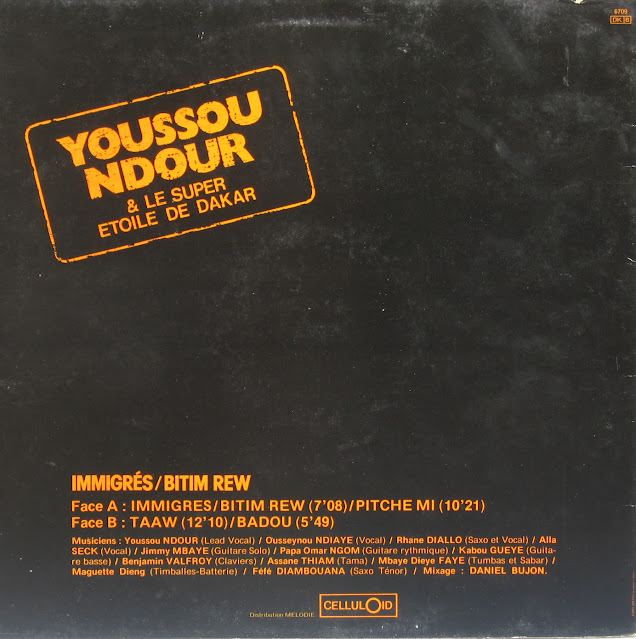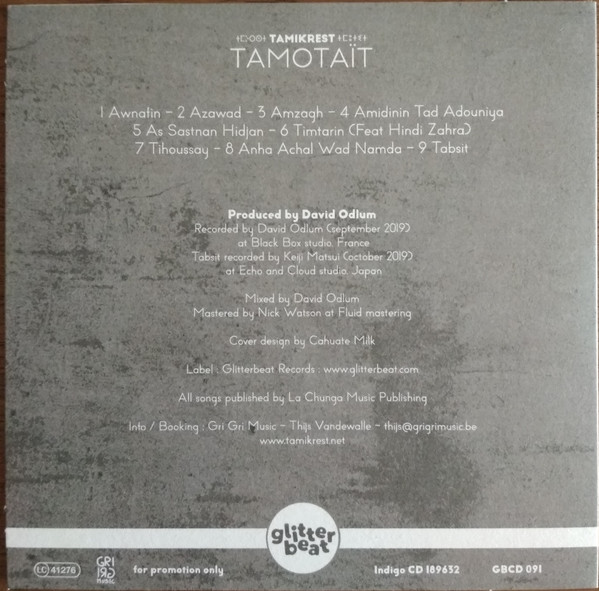Zani Diabaté & The Super Djata Band - Mali
Zani Diabaté, a prominent guitarist for the Djata Super Band, one of Bamako's most popular bands during the 1980s, joined the National Ballet in 1963, where he sang, danced, and played guitar, kora, balafon, and percussion. In his spare time, he played the harmonica, Harmonica Jazz, and later formed the band with Ganoua Daouda Sangaré playing kamalenn'goni and on vocals, and with Maré Sanogo on djembé. In the early 1970s, the Ganoua Band was named the 3rd Mali National Orchestra. When they were out of work, Zani and his bandmates decided to switch to a private band they called the Super Djata Band. It was in 1974 when they began to record for Radio Mali.
The sound of Super Djata, is based on the soft malinke sound, melodies and Bambara rhythms, highly colored by the outstanding guitar of Zani Diabaté.
Ensemble – Super Djata Band
Bass – AbouDrahamaneCamara
Drums – LamoussaDiabate
Guitar – OusmaneDicko
Keyboards – DoumankeKoita
Lead Vocals – Daouda "Flani" Sangare
Percussion – Bemba Dembele
Percussion, Timbales – BakariDiabate
Vocals – Alou Fane, IdrissaMagassa, SaliaSanogo
Written-by, Guitar [Lead] – Zani Diabaté
Super Djata
Bina
Djegnogo Djougou
Randjila
Tindoro
Noumousso
Facia
Farima
Fadigna Kouma




















